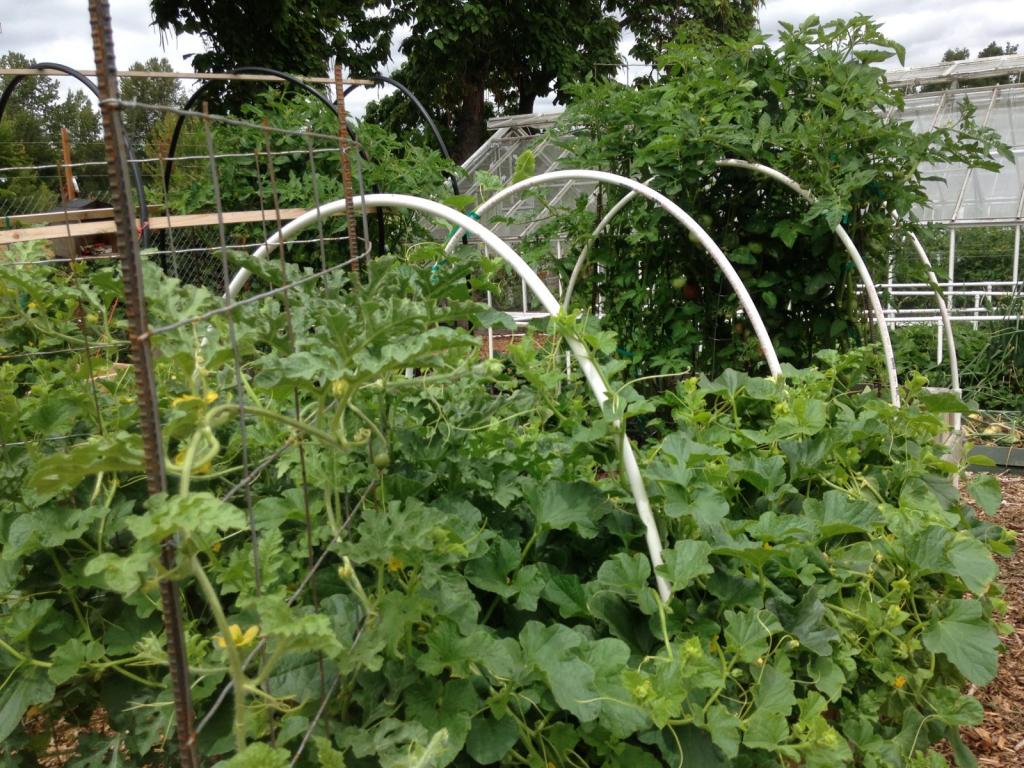Aligning your soil Ph level with your plant Ph level will help you grow the best plants.
Adjusting your soil ph level in line with your plant Ph level needs will help you produce the best quality and taste for that plant. If your garden’s ph level is off, your plants won’t be able to use the available nutrients. The impact on primary, secondary, and micro-nutrient availability is significant.
Understanding the impact of an out-of-whack soil ph level can be compared to taking a shower. If the water is too hot, it feels like it is burning you. Likewise, if the water is too cold, it is freezing. You adjust the water temperature to make it just right.
Adjust your growing medium to the correct soil ph level of your plant(s). This temperature comparison is also true with watering your plants.
It is the same with plants, but they can’t move. If the growing medium is too acidic or alkaline, their growth can be stunned, produce little or no fruits, or even die. It can take years to get your ph level right.
You may need microorganisms to convert many minerals to usable soluble nutrients. It can also take a considerable time for the minerals to migrate through the soil column.
You should always test your growing medium to decide what the medium needs for your best soil ph level. Contact your local farm bureau extension on how to sample your growing medium and find out who provides the best cost for the tests.
The bonus of a soil test vs. just ph level is that you will know what nutrients you have or do not have to allow you to fine-tune your growing medium. You will want to test the medium several months before planting to ensure enough time to change your growing medium.
Acidic Soil Example
Adjusting the soil ph level takes time, as much as several months, depending on how out of balance the soil is. The soil of the Amazon River basin is highly acidic. The acidity limits what plants can grow.
Amazonians modified their garden site’s soil ph level over 2,000 years ago. The gardens produced enough fruits and vegetables that support populations of up to 30,000 along the river banks.
When the Spanish explored the Amazon River basin, the diseases they brought reduced the native population by 80%. After 500 years of untended, gardens are producing three crops a year. These gardens still survive today. See National Geographic Explorer’s “The Secrets of El Dorado.”
Taking the successful lessons from the Amazon natives to use organic materials to bring the growing medium to a neutral ph level. We have applied the lessons to The Tuxedo Gardening System.
The Tuxedo Gardener Growing Medium

The natural decomposition process of the organic alfalfa, straw, and compost begins acidic. In a short time, it quickly evolves into a neutral ph level.
Dolomite lime powder vs. Sulfur to lower ph levels
Use Sulfur to lower growing medium ph levels. To decide how much sulfur to use, check out this site.
You want to use a mask when applying any minerals due to health hazards and wash thoroughly afterward.
Make sure you use Dolomite and not Quick Lime. Quick lime will destroy organic material, ie. You.
Dolomite lime contains calcium (calcium carbonate) and magnesium (magnesium carbonate). Calcium and magnesium are essential nutrients to keep blossom end rot at bay. To decide how much lime to use, check out this site.
Some Plant Ph Levels
Below is an incomplete list of plants and their ph level to thrive. I will be adding more plant ph levels as time permits.
| Plant | PH Level |
| Asparagus | 6.0-8.0 |
| Bean, pole | 6.0-7.5 |
| Beans | 6.0-7.0 |
| Beet | 6.0-7.5 |
| Beets | 6.5-8.0 |
| Broccoli | 6.0-7.0 |
| Brussel Sprouts | 6.0-7.5 |
| Cabbage | 6.0-7.0 |
| Cantaloupe | 6.0-7.5 |
| Carrots | 5.5-7.0 |
| Cauliflower | 5.5-7.5 |
| Celery | 5.8-7.0 |
| Chive | 6.0-7.0 |
| Cucumbers | 5.5-7.0 |
| Garlic | 5.5-8.0 |
| Kale | 6.0-7.5 |
| Lettuce | 6.0-7.0 |
| Onions | 6.0-7.0 |
| Pea, sweet | 6.0-7.5 |
| Peas | 6.0-7.5 |
| Peppers | 5.5-7.0 |
| Potato | 4.8-6.5 |
| Pumpkin | 5.5-7.5 |
| Radishes | 6.0-7.0 |
| Rhubarb | 5.5-7.0 |
| Spinach | 6.0-7.5 |
| Squash | 6.0-7.0 |
| Squash, Crookneck | 6.0-7.5 |
| Squash, Hubbard | 5.5-7.0 |
| Sweet Potatoes | 5.2-6.0 |
| Tomato | 5.5-7.5 |